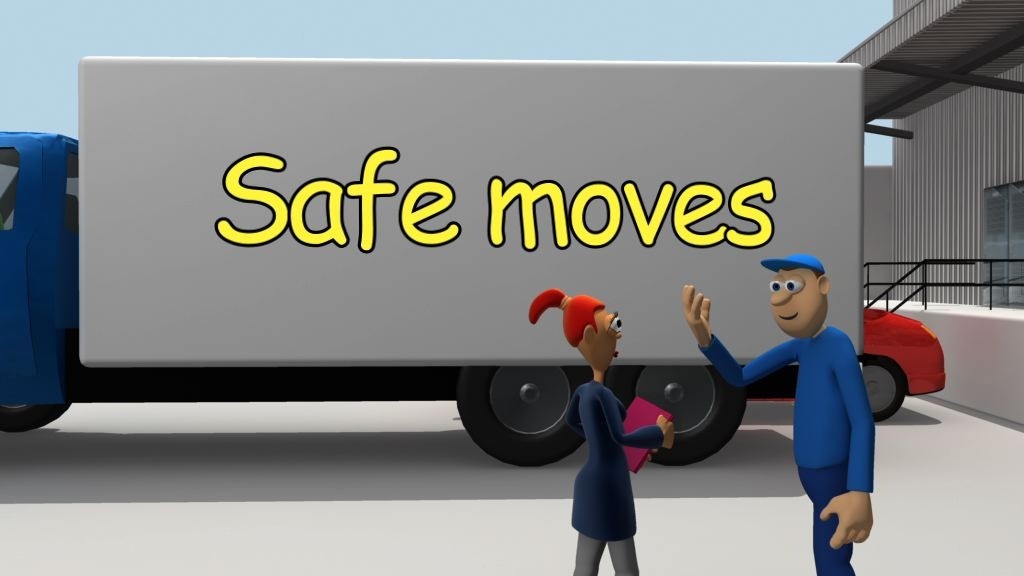Workplace Transport

Every year, there are accidents involving transport in the workplace, some of which result in people being killed. People are knocked down, run over, or crushed against fixed parts by vehicles (eg HGVs, lift trucks and tractors), plant and trailers. People also fall from vehicles – whether getting on or off, working at height, or when loading or unloading.
What do I have to do?
Think about whether there is an easier, safer way of doing the job. Your risk assessment must consider all workplace transport activities such as loading and unloading. It will help if you:
How can I do it?
Consider each of the following areas:
Safe vehicle
Safe driver
What do I have to do?
Think about whether there is an easier, safer way of doing the job. Your risk assessment must consider all workplace transport activities such as loading and unloading. It will help if you:
- look carefully at all the vehicles and people moving round your workplace
- mark the traffic and pedestrian movements on a plan so you can see where pedestrians and vehicles interact
- identify improvements that will reduce the contact between pedestrians and vehicles
- remember to include less frequent tasks, eg waste skip changes
- make sure you consider delivery drivers as they are particularly vulnerable
How can I do it?
Consider each of the following areas:
- Safe site
- Plan your workplace so that pedestrians are safe from vehicles
- Provide a one-way system if you can
- Provide separate routes for pedestrians and vehicles where possible
- Avoid reversing where possible
- Provide appropriate crossing points where pedestrians and traffic meet
- Use ‘Highway Code’ signs to indicate vehicle routes, speed limits, pedestrian crossings etc
- Make sure lighting is adequate where people and vehicles are working
- Make sure road surfaces are firm and even
- Make sure there are safe areas for loading and unloading
- Try to provide separate car parking for visitors as they may not know your site
Safe vehicle
- Ensure vehicles are suitable for the purpose for which they are used
- Maintain vehicles in good repair, particularly the braking system, steering, tyres, lights, mirrors and specific safety systems
- Remove the need for people to climb up on vehicles where possible, eg by providing gauges and controls that are accessible from ground level
- Reduce the risk of falling when people have to climb onto a vehicle or trailer by providing well-constructed ladders, non-slip walkways and guard rails where possible
- Provide reversing aids such as CCTV where appropriate
- Fit rollover protective structures and use seat belts where fitted
Safe driver
- Train lift truck operators
- Reassess lift truck operators at regular intervals, eg every three to five years, or when new risks arise such as changes to working practices
- Train drivers of other vehicles to a similar standard
- Make sure all drivers are supervised (including those visiting the site)
- 1c66a3f33c3160566f3e80f1eed9ffa2ac.jpg
- 53f160d92a4c1a766601c05613bd4a6985.jpg